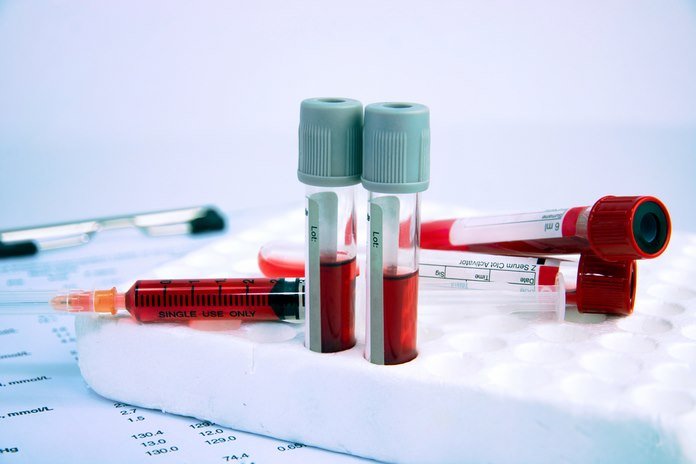D-Dimer Test
D-Dimer is a byproduct of fibrinolysis or we can say it is a fibrin degradation product. Fibrin, basically a small protein fragment, present in the blood after a blood clot and degraded via fibrinolysis. The increased level of D-Dimer shows the recent presence and activity carried out against, a thrombus or blood clot. D-Dimer assay tests are mostly used for its varying sensitivity and specificity so, physician may order further tests for confirmation. The D-Dimer test process depends upon the patient current medical condition.
Patients, as well as the physician, should know certain aspects before going for the D-dimer test.
Following aspects should be kept in concern:
- If the probability of DVT is low, then after a normal level of D-dimer on a sensitive test, the DVT can be safely excluded with such a report. Sometimes a negative D-dimer test can identify patients who have a low probability of DVT and these patients do not require ultrasonography.
- A positive test result in the above patient may be nonspecific and can’t be attributed to DVT alone, because sometimes levels can be elevated by other conditions such as liver disease, trauma, pregnancy, positive rheumatoid factor, inflammation, recent surgery, cancer. Further testing is necessary in such cases.
- If the probability of DVT is moderate or high before tests are carried out, then the D-dimer testing can be done at the same time as duplex ultrasonography. A positive ultrasound report confirms the diagnosis even if the D-Dimer levels vary. If there is no reflective evidence by ultrasonography report then a normal D-dimer level result excludes DVT.
Patients with an increased level of D-dimer should have to repeat ultrasonography in a few days. Also, further imaging should be carried out like venography, which depends upon clinical suspicion.

